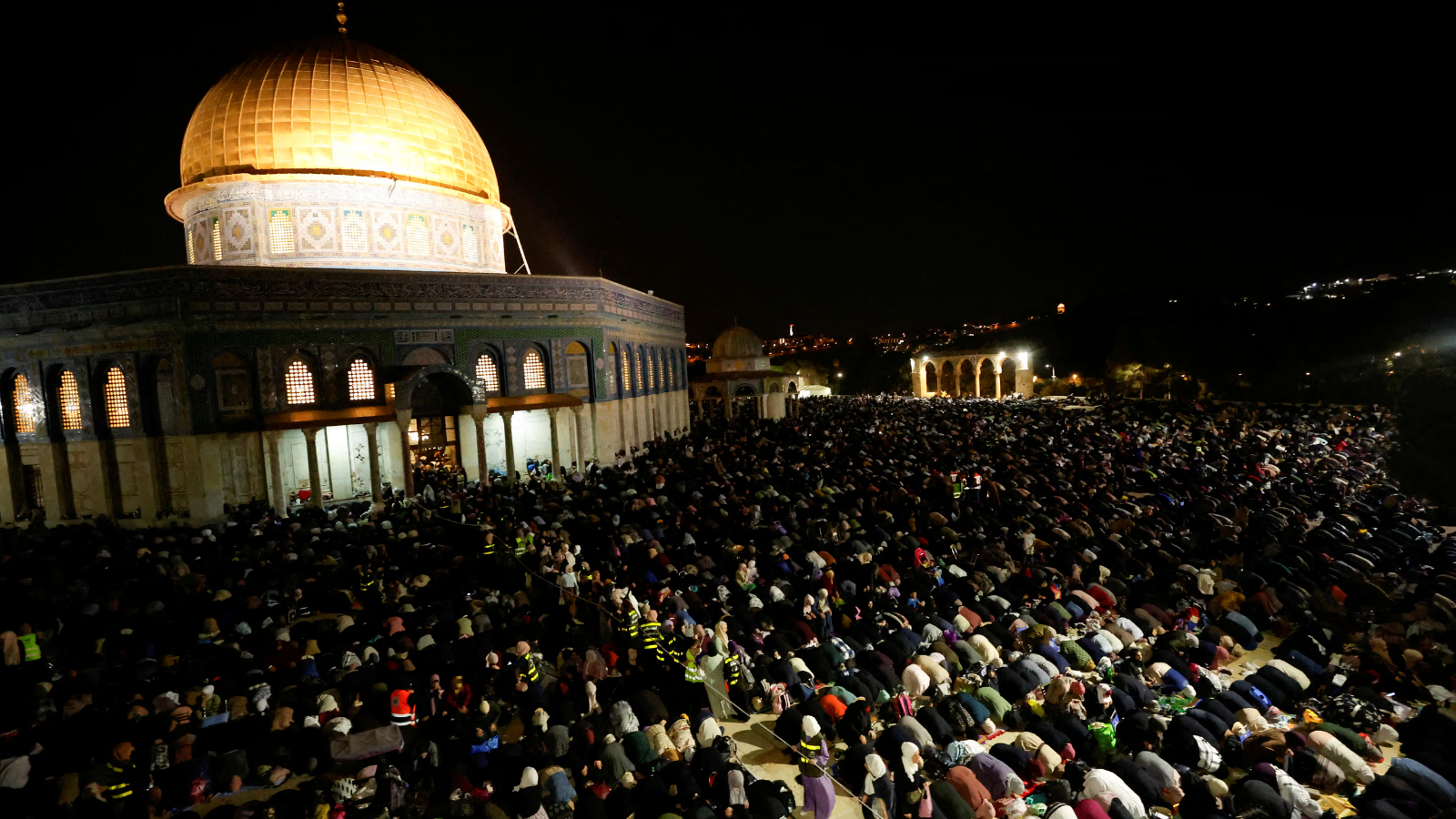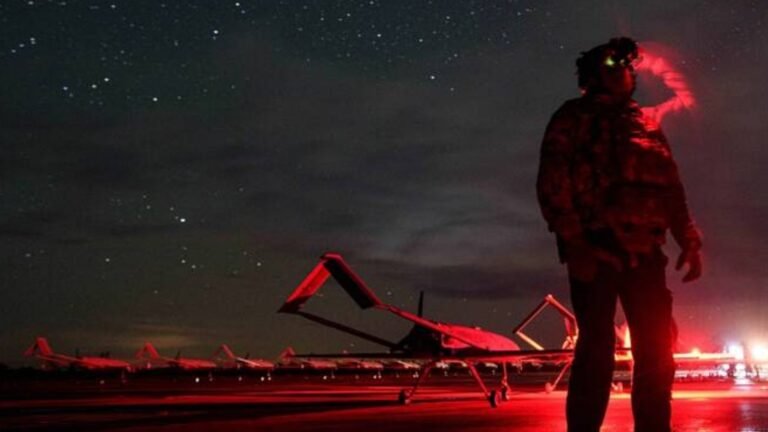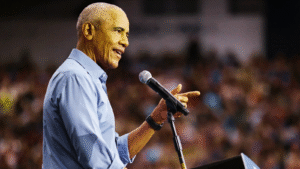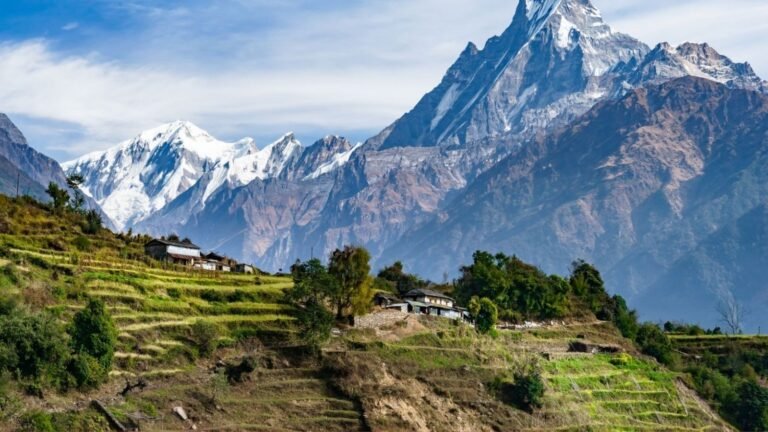Dark clouds gather over Jerusalem, casting their deepest shadow on the golden dome of Al-Aqsa. Once safeguarded by an international accord granting sole prayer rights to Muslims, that reality began to shift after 1967, when East Jerusalem came under Israeli control. Over the decades, access for Palestinians and Muslims has been steadily restricted, while doors have opened wider for Jewish visitors.
As global attention fixes on bloodshed in Gaza and mounting regional tensions, Al-Aqsa stands at a crossroads. Many Palestinians fear it is on the brink of losing its Islamic identity replaced by a long-dreaded vision: the construction of a third Jewish temple.
Driven by “Temple Mount” activist groups, Jewish visits have turned from occasional to routine. Since 2017, groups have entered the site almost daily, often after dawn or midday prayers seen by Palestinians as part of a strategy to turn Al-Aqsa into a shared place of worship.
In Ramadan 2021, an Israeli incursion into the compound sparked 11 days of conflict. Two years later, Hamas launched what it called “Operation Al-Aqsa Flood,” claiming it was retaliation for that episode.
After the October 7 attacks, Israeli authorities barred anyone under 60 from entering the mosque on the first Friday, while maintaining long-standing restrictions on those from the West Bank and Gaza. Where once tens of thousands gathered for Friday prayers, today only a fraction of that number remains.
By 2024, more than 56,000 Jewish worshippers had entered Al-Aqsa openly something once done discreetly. The country’s national security minister called for public prayer at the site and joined in himself.
For Palestinians, Al-Aqsa is more than a house of worship, it is a symbol of identity, heritage, and the struggle for justice. The shadow now hanging over its dome will not lift without unity and determined resistance. If it fades, history may record it as another painful chapter of loss.












+ There are no comments
Add yours